Rounded Couch: Why This Sofa Shape is Back in Style
So, I've been eyeing this furniture trend for a while now, and honestly, I was a bit hesitant. You know, the whole 'is it just a fad?' question. But after digging around and talking to some folks who really know their stuff, it seems like the rounded couch is more than just a passing phase. It’s actually got some serious staying power. It’s not just about looking good, either; these sofas seem to bring a certain vibe to a room that’s hard to ignore. Let's talk about why this shape is making such a comeback and if it's the right move for your place.
Key Takeaways
- The rounded couch, a design seen throughout history, offers a timeless appeal that designers believe is here to stay, adapting to various interior styles.
- Its curved shape naturally improves room flow and circulation, softening hard architectural lines and creating a more inviting atmosphere.
- These sofas embrace organic and biomorphic shapes, appealing to a desire for nature-inspired and more relaxed home aesthetics.
- Styling a rounded couch involves balancing its curves with other elements and creating cozy, enveloping spaces, proving versatile for both modern and traditional decor.
- While trends can be fleeting, a well-chosen, quality rounded couch can be a lasting investment, reflecting personal style and offering comfort.
The Enduring Allure of the Rounded Couch

A Timeless Design Reimagined
It feels like everywhere you look these days, there's a couch with a gentle curve. But this isn't just some fleeting fad. The rounded couch has a history that stretches way back, proving its lasting appeal. Think about it – this shape has been around for ages, adapting to different styles and times. It’s a design that’s managed to stay relevant by simply being good at what it does: looking great and feeling comfortable.
From Ancient Egypt to Modern Living Rooms
Seriously, the curved sofa isn't new. We're talking ancient Egypt, where furniture often featured flowing lines. Fast forward through history, and you see these shapes popping up in various forms. Then came the mid-century modern era, where designers like Vladimir Kagan really made curved sofas a thing, especially with iconic pieces like his Serpentine Sofa. These designs from the 50s and 60s, with their softer lines and curved backs, really spoke to people who liked a more modern aesthetic, even back then. It’s fascinating how a shape can keep reinventing itself and still feel fresh. It’s no wonder they’re making a comeback now, showing up in everything from high-end showrooms to your favorite online retailers. It’s a testament to how well this design works across different eras and tastes. You can find some really beautiful examples of these classic shapes updated for today's homes on sites like Folding Chair Design.
Embracing Curves in Contemporary Design
Today's take on the rounded couch is all about bringing a sense of softness and flow into our homes. In a world that sometimes feels a bit too sharp-edged and structured, these curved pieces offer a welcome contrast. They help to soften the hard lines often found in modern architecture and other furniture. It’s like they bring a bit of nature indoors, with shapes that feel more organic and less rigid. This move towards softer, more sculptural forms is really about creating spaces that feel more inviting and comfortable. It’s a way to add a bit of personality and a relaxed vibe to your living area, moving away from overly perfect, staged rooms towards something that feels more lived-in and authentic.
Why the Rounded Couch is Back in Vogue
It feels like everywhere you look these days, there's a couch with a gentle curve or a full-on semi-circle. And honestly, it's not just a fleeting thing. This shape has been around forever, popping up in ancient times and then making big comebacks, especially in the mid-century modern era. Now, it's back, and it's not just about looking cool; there are some solid reasons why this design is winning people over again.
Creating Flow and Enhancing Circulation
One of the biggest draws of a rounded couch is how it changes the way you move around a room. Unlike a straight sofa that can feel like a wall, a curved one invites you to walk around it more easily. It breaks up those rigid lines you often find in rooms, making the whole space feel more open and less boxed in. Think about it: you can actually walk around the sofa without bumping into corners. This makes arranging furniture feel more natural, especially in open-plan living areas where you want to guide people through the space without harsh barriers.
Softening Architectural Lines
Most homes, especially newer ones, have a lot of straight lines and sharp corners. Think about doorways, windows, and even the basic structure of the room. A rounded couch acts as a beautiful contrast to all that. It brings a softer, more organic feel, which can make a room feel more welcoming and less severe. It's like adding a gentle wave to a very geometric landscape. This contrast is really pleasing to the eye and can make a room feel more balanced and comfortable.
The Appeal of Organic and Biomorphic Shapes
There's a growing desire to connect with nature, and this trend is showing up in our homes. Organic shapes, like those found in nature – think smooth stones, flowing water, or even the curve of a leaf – are becoming really popular. Rounded sofas fit perfectly into this. They feel more natural and less manufactured than their square-edged cousins. This biophilic design, as some call it, taps into our innate need for natural forms, making our living spaces feel more calming and grounded. It’s a way to bring a bit of the outside in, without actually having to go outside.
Styling Your Rounded Couch for Maximum Impact
So, you've got yourself a rounded couch. Awesome choice! Now, how do you make it look its absolute best? It's not just about plopping it in the middle of the room and calling it a day. You've got to think about how it plays with everything else.
Balancing Curves with Rectilinear Elements
This is where you stop the room from feeling like a giant, soft marshmallow. Think about bringing in some straight lines to give the eye a place to rest. It’s like adding a sharp suit to a flowing dress – it just works.
- Coffee Tables: Instead of another curve, try a rectangular or square coffee table. This creates a nice visual contrast and gives you a solid anchor point in the center of your seating area. Mango wood tables with clean lines or even a simple metal frame can do the trick.
- Rugs: While a round rug can echo the sofa's shape, a rectangular rug can actually ground the curved sofa better, especially in a larger space. It defines the seating zone without adding more softness.
- Artwork and Accessories: Hang a rectangular piece of art above the sofa, or place some angular decorative objects on your coffee table. These little touches help to break up the curves and add structure.
Creating Cozy, Cocooning Spaces
Rounded sofas are naturally good at this, but you can really lean into it. It’s all about making your seating area feel like a warm hug.
- Throw Pillows: Don't be afraid to pile them on! Mix and match textures and sizes. Some can echo the sofa's curve, while others can be more structured. Contrast piping on pillows can also add a nice detail.
- Lighting: Soft, ambient lighting is key. Think floor lamps with a gentle arc or table lamps that cast a warm glow. Avoid harsh overhead lights if you're going for that cozy vibe.
- Textiles: Layer in soft throws and blankets. Think chunky knits or plush velvets. These add to the tactile comfort and make the space feel more inviting.
The goal here is to make your rounded sofa the heart of a comfortable, inviting nook. It’s about creating a space where you just want to curl up with a good book or have a long chat with friends. It’s less about sharp edges and more about a gentle embrace.
Pairing with Complementary Furnishings
What else is going in the room? You don't want everything to be curved, or it'll get a bit much. You need balance.
- Accent Chairs: Consider chairs that have a bit of structure, maybe with straight legs or a more geometric shape. This provides a nice counterpoint to the sofa's softness.
- Side Tables: While a round side table can work, an oval or even a slim rectangular one can offer a different silhouette. Materials like wood, metal, or even stone can add variety.
- Storage Units: Bookcases or media consoles with clean, straight lines will help to anchor the room and provide a visual break from the sofa's curves. This is especially important if your sofa is quite large or has a very pronounced curve.
The Versatility of the Rounded Couch

A Statement Piece for Any Room
Curved sofas aren't just for grand, sprawling estates anymore. They've really found their footing in all sorts of homes, big or small. Their unique shape naturally draws the eye, making them a fantastic focal point. Think of it as a sculpture for your living room. It doesn't matter if your style is super modern, a bit vintage, or somewhere in between; a rounded couch can totally work. It's a way to show off your personal taste without being too loud about it.
Adapting to Modern and Traditional Aesthetics
It might seem like a curved couch would only fit in a super modern house, but that's not really the case. Designers have been playing with curves for ages, from ancient times right up through the mid-century modern era. This means they have a history of fitting into different looks. You can find them in sleek, minimalist designs that scream contemporary, or in more plush, upholstered versions that feel really classic and cozy. It really comes down to the fabric, the color, and the overall silhouette. A velvet curved sofa in a deep jewel tone can feel incredibly traditional, while a boucle one in a neutral shade leans more modern. It’s all about how you style it.
Making Small Spaces Feel Larger
This might sound a bit backward, but a curved sofa can actually make a small room feel more open. Instead of a straight sofa that just sits against a wall, a curved one can create a more fluid layout. It encourages movement around the piece, rather than creating a hard stop. This improved flow is particularly beneficial in open-concept spaces, ensuring a cohesive and inviting environment. Even a smaller, loveseat-sized curved sofa can soften the edges of a compact room and make it feel less boxy. It’s about creating a sense of movement and avoiding sharp corners that can make a space feel cramped.
Comfort and Craftsmanship in Rounded Sofas
When we talk about furniture, especially something as central as a sofa, comfort is usually right at the top of the list. And with rounded sofas, this isn't any different. In fact, their shape often lends itself to a really cozy feel. Think about it – that gentle curve can feel like a hug, pulling you in for a good sit. It’s this inherent sense of embrace that makes them so appealing.
Designed for Sinking Into
Many rounded sofas are built with sinking into mind. They often feature deeper seats and plush cushioning, making them just as inviting as any traditional sofa. The organic shape can create a wonderful, enveloping sensation, perfect for unwinding after a long day. It’s less about rigid structure and more about a relaxed, approachable feel.
The Importance of Seat Depth and Angle
Of course, comfort isn't just about looks. The actual dimensions of the seating play a huge role. Seat depth and the angle of the backrest are key. A sofa that’s too shallow or has a stiff back won't feel as good, no matter how nice it looks. It’s worth checking these details:
- Seat Depth: Look for a depth that allows you to sit back comfortably without your knees feeling cramped.
- Backrest Angle: A slight recline can make a big difference in how relaxed you feel.
- Cushioning: High-density foam or down-filled cushions often provide a good balance of support and softness.
Choosing Quality Upholstery for Longevity
Beyond the frame and cushions, the fabric or material you choose is also super important for both comfort and how long the sofa lasts. Materials like boucle, velvet, or even a soft linen can add to that tactile, cozy experience. Some fabrics are tested for durability, like those that can withstand 50,000 rubs, which is a good sign of quality. Picking the right upholstery means your sofa will not only feel good but will also hold up well over time.
The best rounded sofas manage to blend that inviting, soft shape with solid construction. It’s about finding that sweet spot where the design feels welcoming and the craftsmanship ensures it’s built to last, providing comfort for years to come.
Beyond the Trend: The Lasting Appeal of Curved Seating
While many design trends flicker and fade, the rounded couch seems to have settled in for the long haul. It’s more than just a passing fancy; there’s a deeper, more enduring quality to curved seating that speaks to our fundamental needs for comfort and connection. Think about it – the gentle sweep of a rounded sofa feels inherently more welcoming than a sharp corner. It’s a design that has roots stretching back through history, appearing in various forms across different eras, from the ornate styles of the past to the sleek lines of mid-century modern. This isn't just about following a trend; it's about embracing a shape that feels naturally good.
A Shift Towards Authenticity and Imperfection
In a world that often feels overly polished and digital, there’s a growing appreciation for things that feel more real, more human. Curved furniture fits right into this. It’s less about rigid perfection and more about a relaxed, organic feel. This move towards authenticity means we’re drawn to pieces that have a bit of softness, a touch of the imperfect, much like the natural world around us. It’s a way to bring a sense of calm and genuine comfort into our homes, moving away from the starkness that can sometimes dominate modern design. This appreciation for the less rigid is a big part of why curved pieces are sticking around.
Investing in Timeless Furniture Choices
When you’re picking out a sofa, you’re not just buying a piece of furniture; you’re making an investment in your home’s comfort and style for years to come. The rounded couch, with its classic appeal and adaptable nature, is a smart choice for this reason. It’s a design that doesn’t rely on fleeting fads. Instead, its inherent qualities – like creating a sense of flow and softening a room’s edges – make it a solid choice that will likely remain stylish and functional. Choosing a well-made curved sofa means you’re getting something that can adapt to your changing tastes and needs, rather than something you’ll want to replace in a few seasons. It’s about building a home with pieces that have lasting value, much like the enduring appeal of Victorian furniture.
The Rounded Couch as a Personal Statement
Ultimately, the furniture we choose says something about us. A rounded couch can be a fantastic way to express your personal style. Whether you opt for a bold, jewel-toned velvet that makes a dramatic statement or a soft, neutral boucle that creates a cozy haven, the shape itself invites a certain kind of interaction. It encourages conversation and togetherness, drawing people in. It’s a piece that can truly anchor a room, reflecting a desire for comfort, a touch of elegance, and a welcoming atmosphere. It’s not just about fitting in with a trend; it’s about making a choice that feels right for you and the way you want to live in your space.
The Enduring Charm of the Curved Couch
So, it looks like the curved couch isn't just a fleeting trend. Designers agree that these soft shapes have a timeless appeal, offering a unique way to soften a room and create a more inviting atmosphere. Whether you're drawn to the gentle sweep of a semi-circle or a more subtle arc, these sofas bring a sense of comfort and style that feels both modern and classic. While it's always smart to pick a design you truly love and that fits your space, the curved couch seems to be more than just a passing fancy – it’s a design element that’s likely here to stay, adding a touch of relaxed elegance to homes for years to come.
Frequently Asked Questions
Are curved sofas a new trend?
Curved sofas have been around for a long time, showing up in homes way back in ancient Egypt! Italian designers and artists like Vladimir Kagan also used them a lot in the 1950s, 60s, and 70s. So, while they're popular now, they're not a brand-new idea.
How do curved sofas help with room layout?
Yes, curved sofas can make a room feel more open and help people move around more easily. They don't have sharp corners like regular sofas, so they create a smoother flow. They can also make a room feel softer and more inviting.
What kind of furniture goes well with a curved sofa?
Curved sofas look great with other furniture that has straight lines. Think of a rectangular coffee table or square side tables. This mix of shapes makes the room look balanced and interesting. You can also add soft pillows and throws to make the space feel extra cozy.
Can a curved sofa work in different home styles?
Curved sofas can fit into almost any style, from modern to traditional. They can be a bold statement piece that makes a room feel unique. Even in smaller spaces, a curved sofa can actually make the room feel bigger and more welcoming.
Are curved sofas comfortable?
Many curved sofas are made to be super comfy! They often have deep seats and soft cushions that make you want to sink in. The curved shape can also feel like a warm hug, making the space feel more private and cozy.
Will curved sofas stay in style?
Experts think curved sofas will stick around. Their unique shape and ability to make a room feel better are big reasons why. Choosing one in a color and fabric you love means it can be a stylish piece in your home for many years.


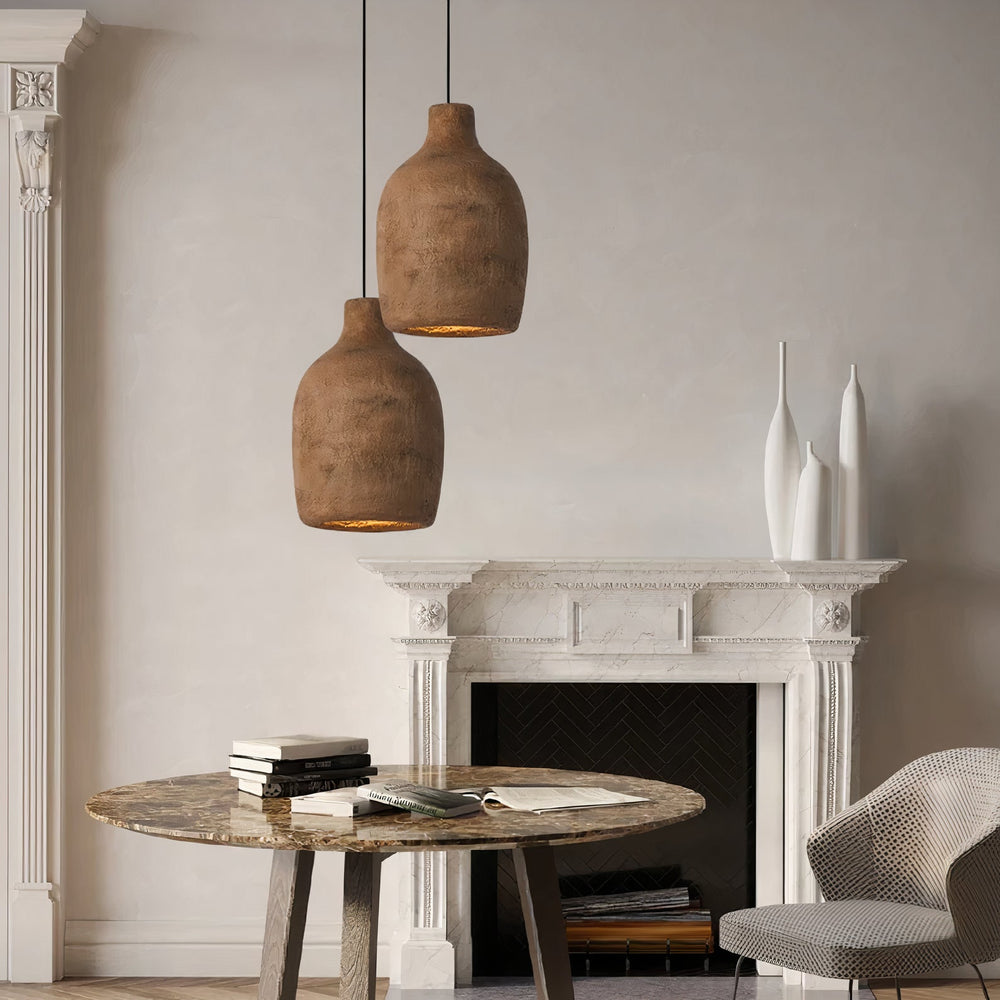
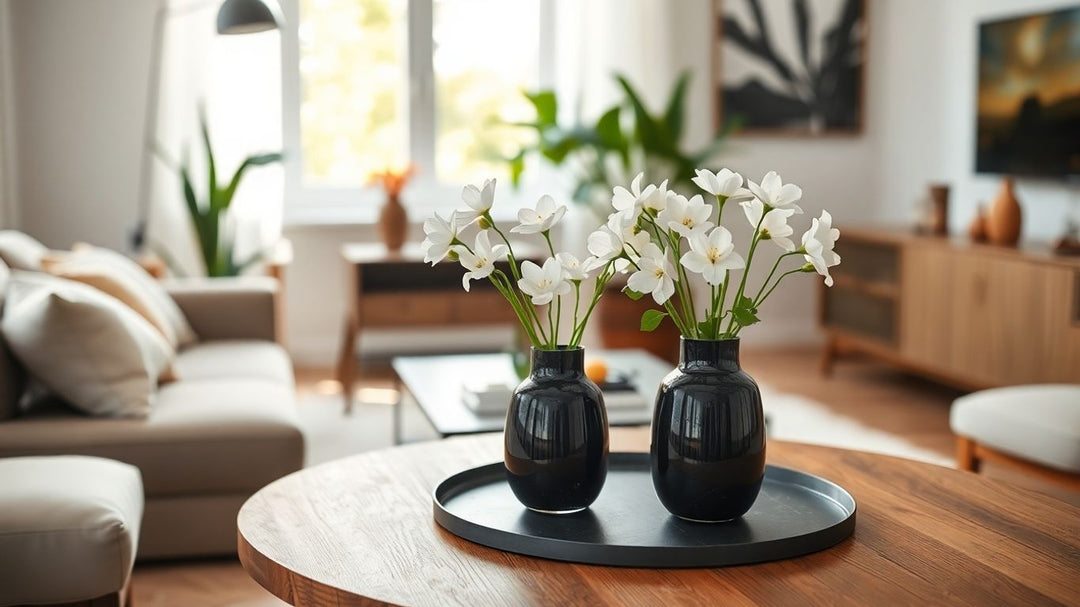
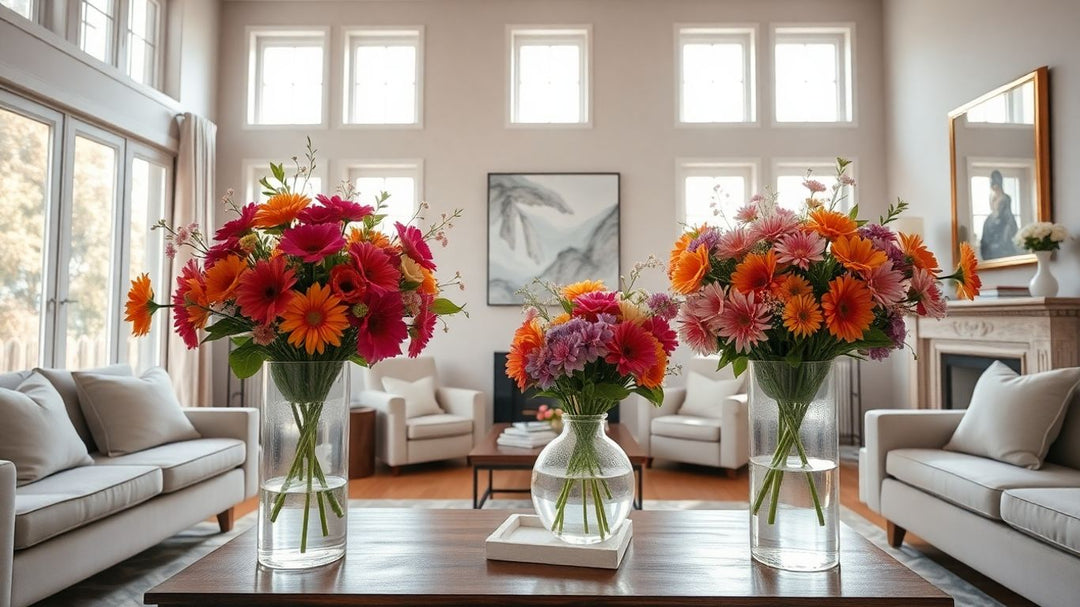
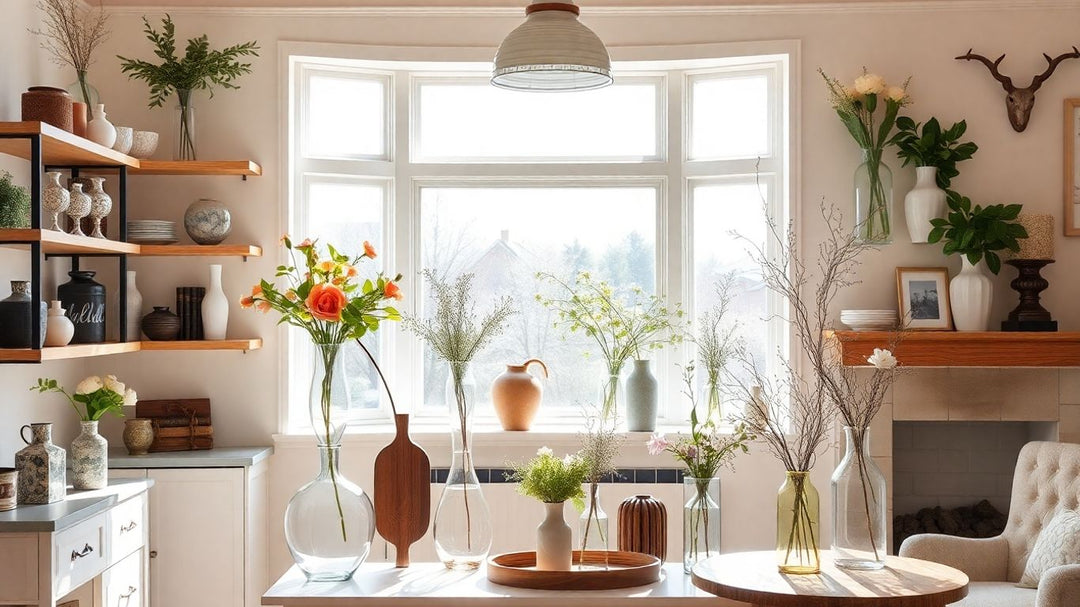
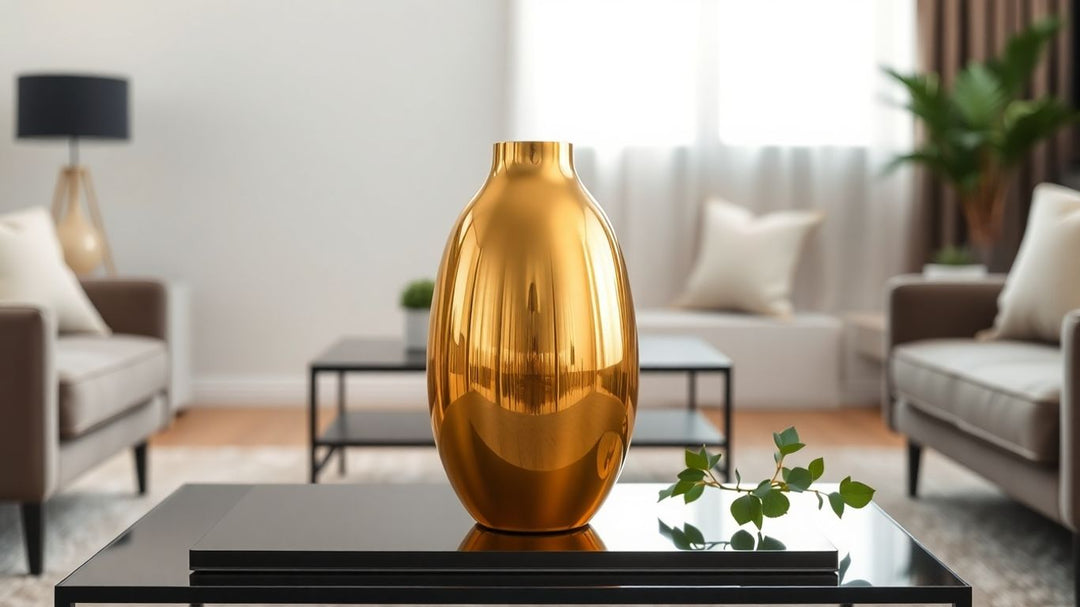
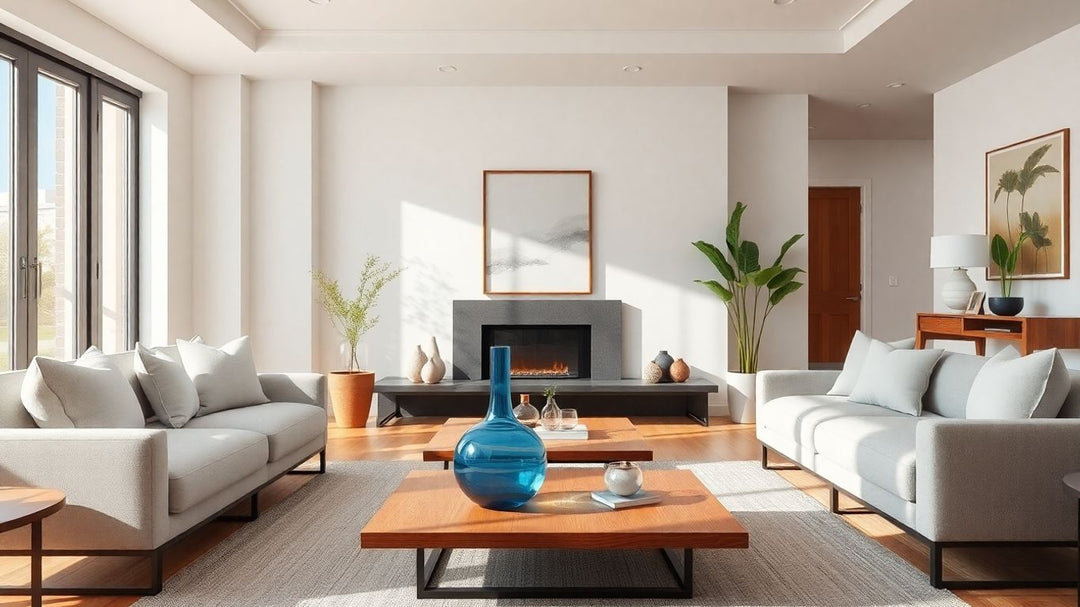
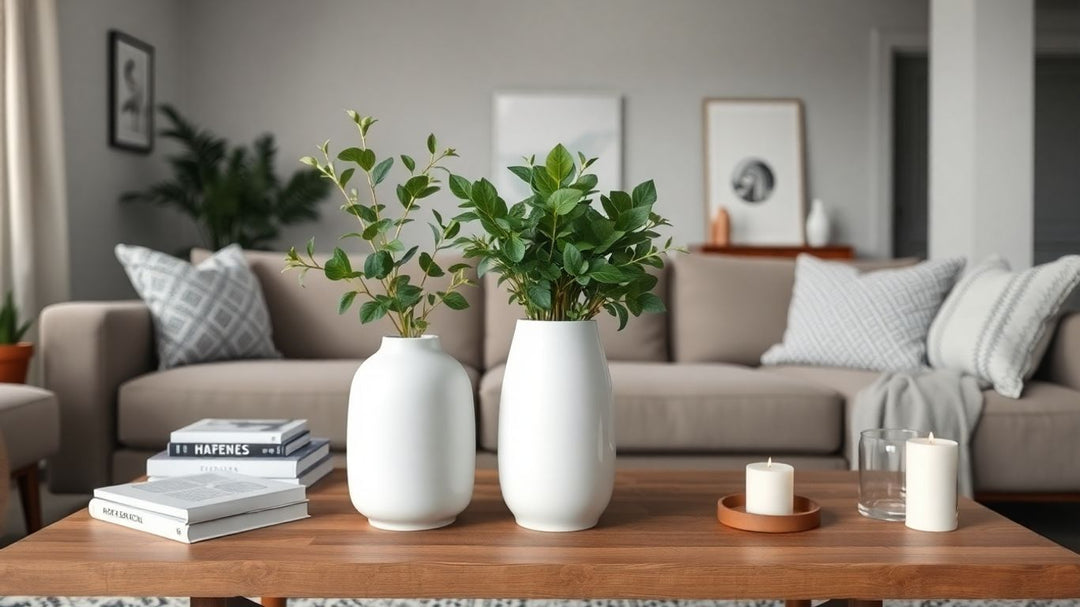
Leave a comment